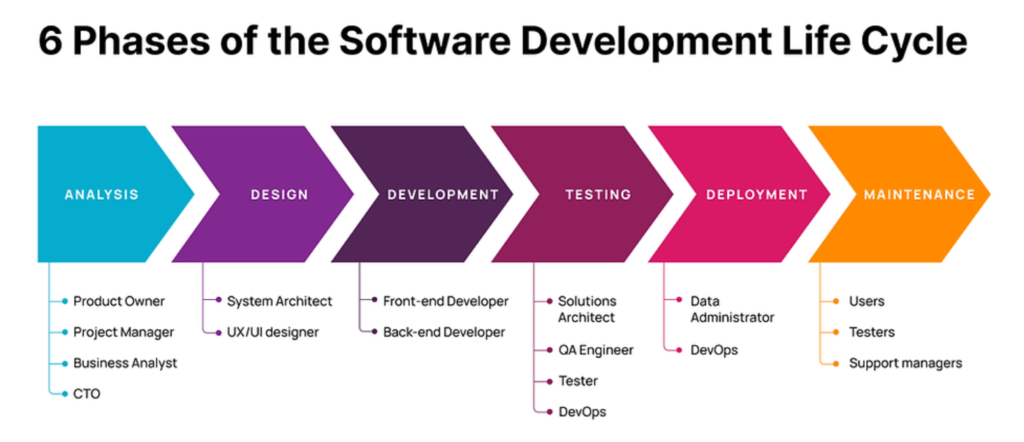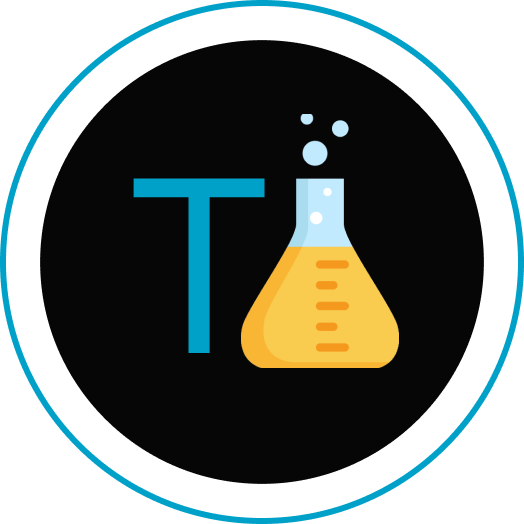In software testing, QA stands for Quality Assurance. QA testing is a critical process in software development that ensures the reliability, functionality, and usability of software applications. In this comprehensive guide, we will explore the significance of QA testing, its various types, essential tools, and the process of writing effective test cases using Playwright or Puppeteer. By the end of this article, you will have a solid understanding of QA testing and its importance in delivering high-quality software products.

- Understanding QA in Software Testing: QA testing, or quality assurance testing, is a systematic process of evaluating software applications to ensure they meet desired quality standards. It involves identifying defects, bugs, and inconsistencies in the software and verifying that it functions as intended. QA testing is an integral part of the software development life cycle (SDLC) and helps deliver reliable and user-friendly software products.

- Types of Testing in QA: QA testing encompasses various types to ensure comprehensive coverage of the software application. Some common types include:
- Functional Testing: This type focuses on verifying the functionality of the software application, ensuring that all features and functionalities work as expected. It includes unit testing, integration testing, and system testing.
- Smoke Testing: Smoke testing is a preliminary test performed to check the basic functionality of the software after each build. It helps identify critical issues early in the development process.
- Essential Tools for QA Testing: To effectively conduct QA testing, several tools are available that aid in test management, bug tracking, and test automation. These tools streamline the testing process and enhance efficiency. Some popular tools include:
Test Management Tools:
Tools like TestRail, Zephyr, and TestLink help organize and manage test cases, test plans, and test execution. They provide a centralized platform for effective test management and collaboration.
Bug Tracking Tools: Jira, Bugzilla, and Mantis are widely used bug tracking tools that assist in logging, tracking, and managing software defects. They provide a systematic approach to identify, prioritize, and resolve bugs.
Functional Testing and Smoke Testing
Functional Testing: in QA Functional testing ensures that all features and functionalities of the software work as intended. Techniques like unit testing, integration testing, and system testing are employed to verify the functionality of individual components, their integration, and the overall system.
Smoke Testing in QA: Smoke testing, also known as build verification testing, is a preliminary test performed to check the basic functionality of the software after each build. It helps identify critical issues early in the development process. Smoke testing involves executing a set of predefined test cases to ensure that the core functionalities of the software are working as expected.
Writing your first test case as a Quality Assurance(QA) Engineer:
There are various tools like Selenium, playwright, and Puppeteer to write and test apps.
Writing Effective Test Cases: Playwright and Puppeteer are powerful tools for automating browser interactions and testing web applications. Here’s an example of writing a test case using Playwright:
I’ve used Playwright to write and test the app.
const { chromium } = require('playwright');
(async () => {
const browser = await chromium.launch();
const context = await browser.newContext();
const page = await context.newPage();
// Navigate to the application under test
await page.goto('https://example.com');
// Perform actions and assertions
await page.fill('input[name="username"]', 'testuser');
await page.fill('input[name="password"]', 'testpassword');
await page.click('button[type="submit"]');
await page.waitForNavigation();
// Verify expected results
const pageTitle = await page.title();
expect(pageTitle).toBe('Home - Example');
// Close the browser
await browser.close();
})();
How to run your first test in Playwright:
As a QA engineer, your job is to test and make the application bug free, there are various tests you can run as mentioned above.
After writing the test you need to run it,
you can run it in a testing tool like Playwright by following these steps:
- Install Node.js: Playwright requires Node.js to run. You can download and install Node.js from the official website (https://nodejs.org).
- Create a new directory for your Playwright project: Open a terminal or command prompt and navigate to the desired location for your project. Use the following command to create a new directory:
mkdir playwright-project- Navigate to the project directory: Use the following command to navigate to the newly created project directory:
cd playwright-project- Initialize a new Node.js project: Use the following command to initialize a new Node.js project in the current directory:
npm init -y- Install Playwright: Use the following command to install Playwright as a dependency for your project:
npm install playwright- Choose a browser: Playwright supports multiple browsers (Chrome, Firefox, and WebKit). You need to choose which browser you want to use. For example, to use Chrome, install the corresponding Playwright package:
npm install playwright-chromium- Write your Playwright script: Create a new JavaScript file (e.g., script.js) in your project directory and write your Playwright script using the Playwright API. You can find examples and documentation on the Playwright website (https://playwright.dev/docs/intro).
- Run your Playwright script: Use the following command to run your Playwright script:
node script.jsThat’s it! You have successfully set up and run Playwright. Make sure to adjust the steps according to your specific requirements and project setup.
Conclusion:
QA testing is a vital component of software development, ensuring that software applications meet desired quality standards. By understanding the significance of QA testing, the various types of testing, essential tools, and the process of writing effective test cases using Playwright or Puppeteer, you are equipped with the knowledge to contribute to the development of high-quality software products. Embrace the principles of QA testing, adopt the right tools, and continuously strive for excellence in delivering reliable and bug-free software applications. Remember, quality is not an accident; it is the result of meticulous testing and attention to detail throughout the software development process.
Also Read: Top NodeJS Interview coding question with Answers

